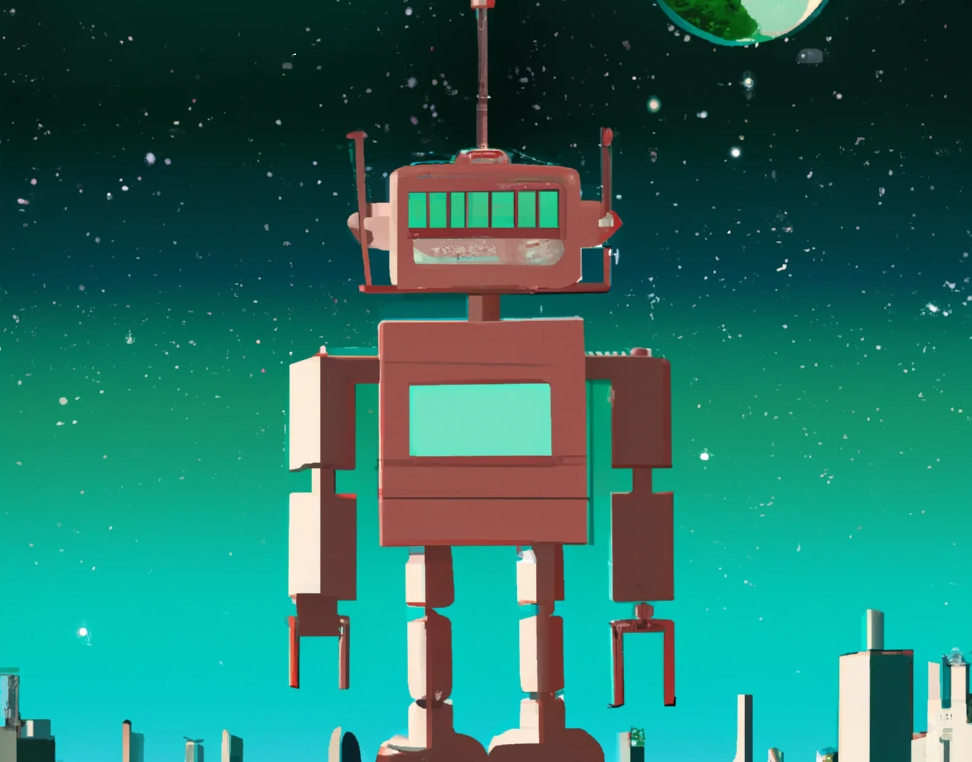You may have noticed one topic that keeps popping up in the headlines: AI.
Artificial intelligence-powered communications tools such as ChatGPT and DALL-E were recently released to the public, attracting millions of users.
There’s been quite a bit of buzz about these programs and the implications for education, business, and interpersonal communication. We wanted to better understand the power of these tools and what they mean for businesses and organizations that create content.
In this three-part series, we’ll test drive three popular tools and give our thoughts on each:
One quick note: In these articles, we ignore some real existential and ethical concerns related to AI-generated content. Critics have noted the potential of these programs to promote plagiarism, spread misinformation, and, particularly in the art domain, replace genuine human experience with mere mimicry. Instead, we’re focused on how these tools can be used for writing, image creation, and video editing in a responsible and professional way.
ChaptGPT: An impressive writing tool with real limitations
Launched as a prototype by OpenAI in November 2022, ChatGPT is a chatbot that generates human-like responses to queries. During this initial research preview, as OpenAI works to improve the model, it’s free to use.
ChatGPT has a simple, user-friendly interface. Simply type in a question such as, “What is the history of the steam engine?” and wait a few moments for it to generate a response.
ChatGPT was trained on an enormous dataset of books, articles, and websites, giving it the ability to answer a wide variety of questions and respond to a broad array of inputs. The model also learns and adapts throughout the conversation, remembering what you typed earlier.
Best uses for businesses and organizations
No, ChatGPT won’t replace your writer or editor. But as a research and support tool, it’s rather impressive. You can easily:
- Generate a solid first draft of simple, straightforward, fact-based content about a variety of topics
- Reword existing content, whether that’s a sentence, paragraph, or webpage
- Summarize or simplify existing content (“Can you summarize this research paper? What are the most important takeaways?”)
- Write a solid first draft of a press release, mission statement, or About Us webpage
- Generate blog or newsletter ideas; write (or rewrite) headlines
ChatGPT limitations
In response to educators who’ve been (rightly) spooked by ChatGPT, a graduate student created an app that can detect AI-written text. It uses two indicators to do this:
- Complexity of the text
- Variation of the sentences
A piece of writing with low complexity and more uniform sentences is more likely to have been written by AI.
This brings us to the most obvious – and significant – limitation of ChatGPT. The writing is often dry, robotic, with a distinct “AI” texture to it. This should come as no surprise to anyone who’s used a customer service chatbot before.
ChatGPT may be more robust than the average AI chatbot, but that doesn’t mean it always sounds completely natural.
Additionally, you may also find that it:
- Generates content that’s incorrect or offensive
- Isn’t good at generating persuasive, user-centric, or benefit-driven content (you wouldn’t want it to write your online giving webpage, in other words)
- Doesn’t know much about life after 2021 (it’s trained on a dataset that goes up to 2021)
The bottom line
ChatGPT may be a helpful tool (or a fun toy), but it doesn’t replace real-life humans who are skilled at researching, writing, and editing – at least not yet. Use it judiciously if it lightens your workload, but don’t depend on it wholly to write content. In most cases, you’ll still need a human touch – and that’s a good thing.


